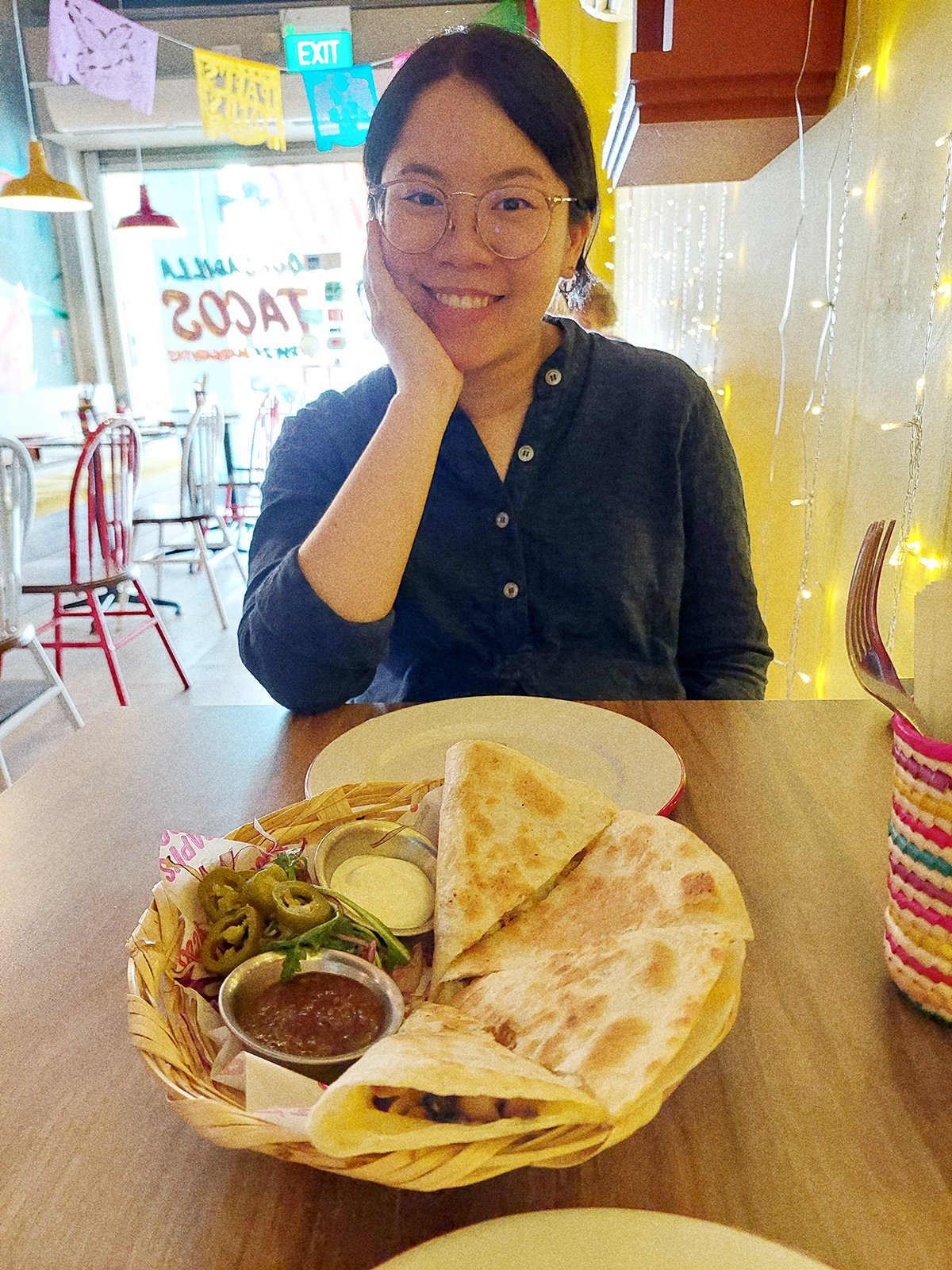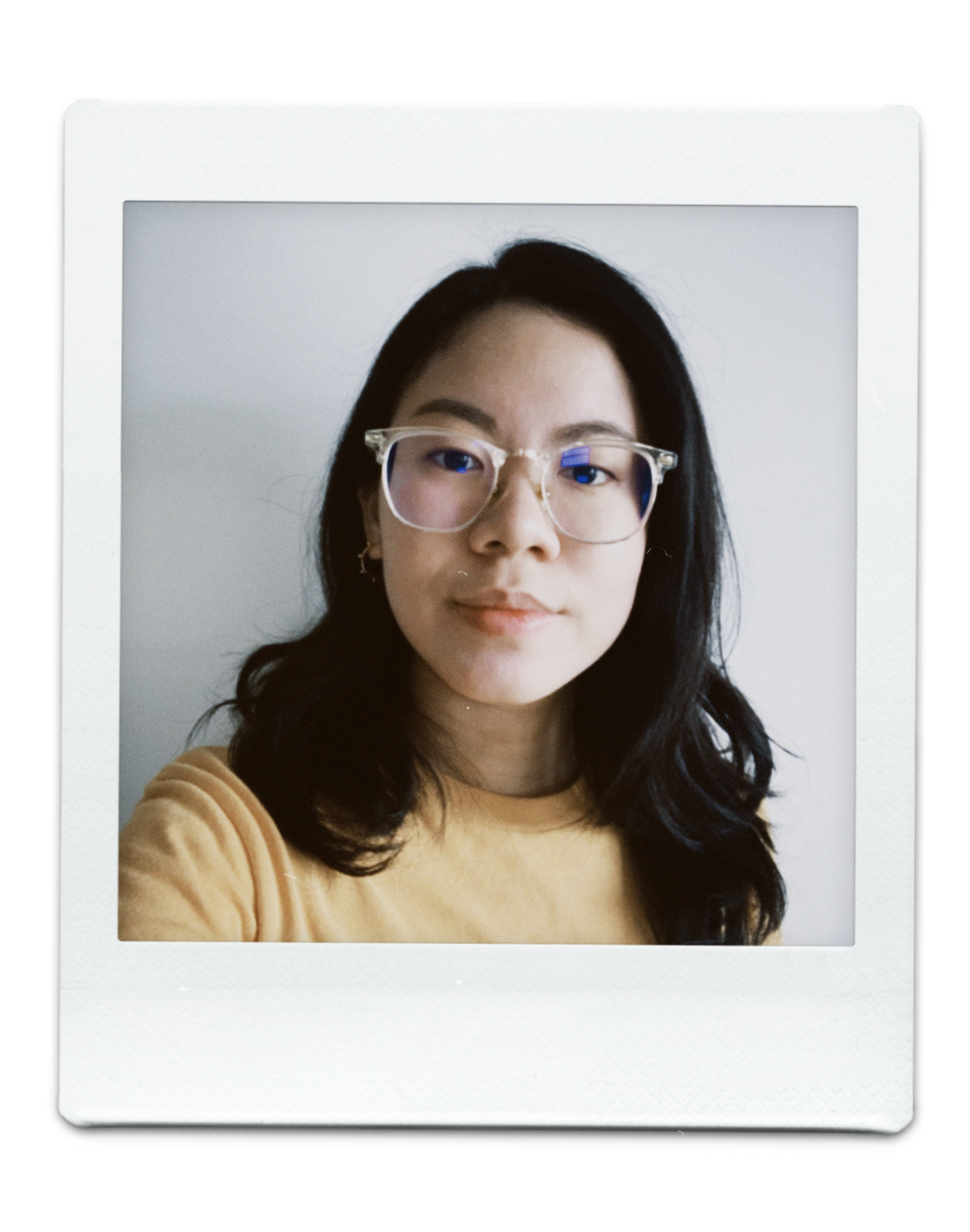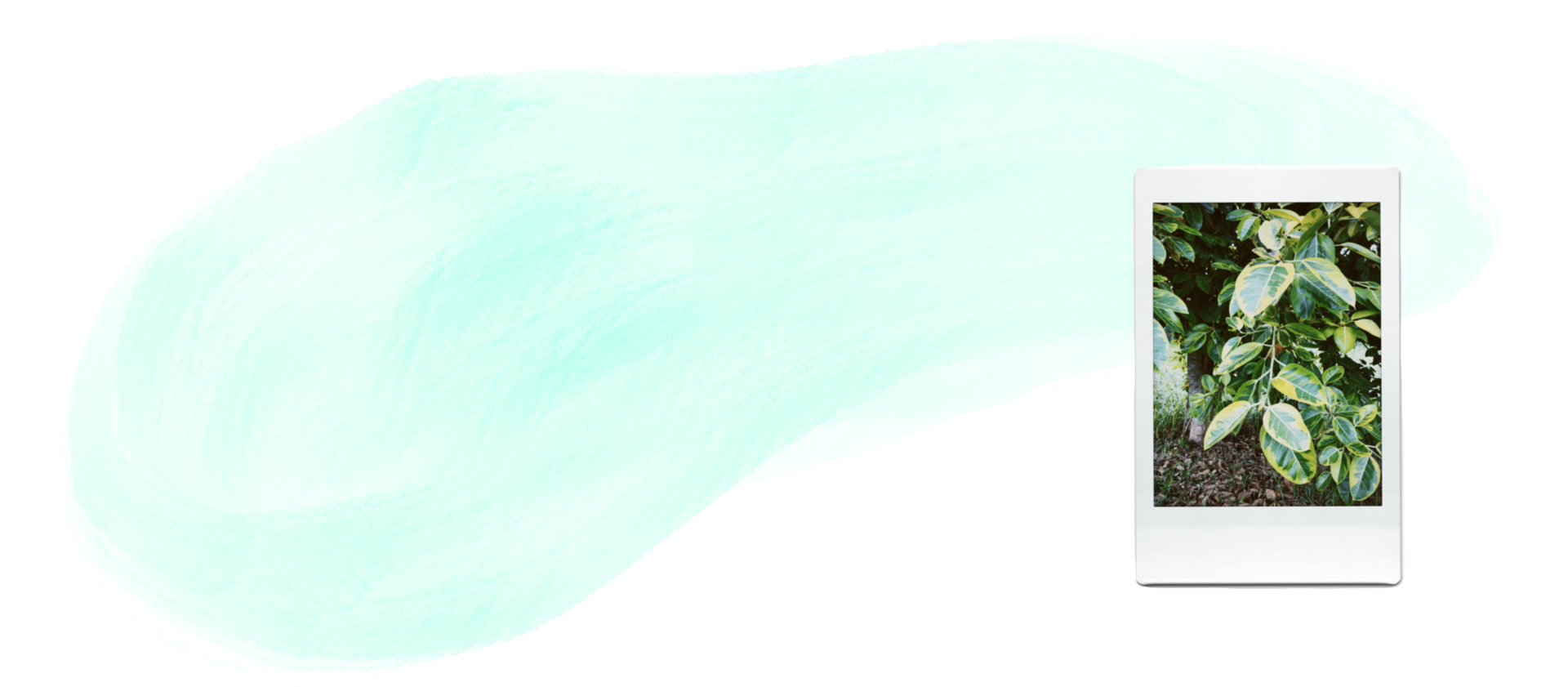Ezekiel arrived 39 weeks and 2 days, on 30 July.
From the beginning, before going through the tough second trimester, I hoped to have an unmedicated birth. I was inspired greatly by Audrey and various ladies I followed on Youtube who shared their birth vlogs. With that in mind, I excitedly engaged a doula to walk me through this journey.
However, the pregnancy was a difficult one as it seemed I had a shortened cervix, and underwent surgery to have a cerclage put in to increase the chances of keeping baby safe till full term. I even had to do bedrest for a period of time. With my doula, we were preparing for scenarios like going to labour before full-term, delivering at KKH instead, or even delivering at home. I’m so thankful that the pregnancy progressed beyond our expectations (to full term!), and we could also work on our birth plan, preparing for an unmedicated, natural birth with various comfort measures and techniques.
A week before I gave birth, I had excruciating pelvic pain that made it extremely difficult for me to walk, move my legs and lay down in certain positions. That’s a story for another time when I share more about the pregnancy journey itself. With that development, I wasn’t sure if I could have the birth that I was prepping for since labouring without medication involves changing positions and moving around. It was another disappointing hurdle and I really had to leave all my desires and plans to God.
Thankfully, I managed to get the help of a women’s health physiotherapist through my doula’s recommendation. Preet, of Embrace Physiotherapy, is so passionate about her work, and she was so empowering and helpful in my pain management journey.
The Monday before the week I gave birth (38 weeks + 2 days), I was in a wheelchair because of how much the pain impaired my mobility. I experienced some Braxton Hicks while Jon and I made the most of that day by adventuring to Gardens by the Bay that afternoon. Apart from that, there were no other signs of labour. Baby had been “low” for most of the pregnancy (from 22 weeks-ish onwards). But by then the cerclage was out (my doctor took it out at 37 weeks + 2 days) and I really expected that I would experience way more signs of early labour.
The pelvic pain took that whole week to resolve. I needed to remind myself not to allow the pain to defeat me, as my physiotherapist told me to, and to believe that I’ll get better. With that mindset, I endured the pain while walking around at home even though it was much easier to be wheeled around. Thankfully it did resolve, and by the Monday before the birth I could walk, just with slight discomfort.
My doula was encouraging me to do various things to move baby along, and downwards a bit more. Apart from increasing my mobility the whole week, I worked on rocking on my birthing ball the whole week.
When I went to bed on Sunday night (28 July), I was woken up by cramps that came and went with regularity from 11pm to 4am. It wasn’t exactly painful, but it also wasn’t painless. My plan was to labour as long as I could at home since I was expecting labour to take a while since it was my first birth. I lay in bed trying to sleep and when Jon stirred in the middle of the night I told him maybe baby would come this week.
The cramps kept me up, so I slept in a little more that Monday morning (29 July). When I woke, I didn’t experience any more cramping so I didn’t think too much about it. In the afternoon, I had my appointment with my doctor, and he said that baby’s head is further in the pelvic inlet, and he looks forward to seeing me in the labour ward soon! After that we headed to my physiotherapy appointment. We had a quick drink at Common Man Coffee Roasters and thought it’d be okay if I walked down to the physiotherapist’s. It was down a straight road at Joo Chiat, but I took about 20 minutes because that had been the longest I walked in 1.5 weeks, and baby’s position in the womb made it much harder to walk - it all felt heavy at my hip and pelvis!
After my physiotherapy appointment, Jon wanted to take the opportunity to have a nice dinner with me, so we had Mexican food. That would be our last date night as a party of two!
I spent the evening trying to encourage baby to move to the left through baby positioning, and again rocked on my birthing ball to encourage him to move downwards. I did some deep breathing and went to bed not thinking too much about anything in particular.
At 3am, I woke with cramps again. This time, they were more painful, but again not unbearable. I guess it helps I had period cramps for all of my menstruating life because it really felt similar, just that it had an obvious rhythm. Just like the night before, I lay in bed trying to rest and conserve my energy. Under my doula’s instructions, I intentionally did not time the contractions either - so I couldn’t tell you how far apart they were.
At 6am, I suddenly felt a little gush similar to having my period, and rushed to the bathroom. That was it - the bloody show - where blood and mucus presented itself. I woke Jon up and told him “things are happening!”
He proceeded to get in contact with my doula and she was on the line, encouraging me to try and relax as much as possible. I was sitting on the toilet, and suddenly felt a lot of pressure that was different from the previous cramping. My doula encouraged me to have a hot shower and use heat packs to relieve the pain and pressure.
The shower helped quite a bit, but by then the pressure was building and not letting up. I gingerly tried to get dressed and get back into bed while Jon prepped the heat packs. I lay on my side and tried to relax. But again, the pressure kept building and the surges were getting more and more intense as they came and went. I told Jon to get me my combs and I pressed my palms into them hard as I rode the waves of each surge. I wanted to give up really soon after because it felt so intense. I told him I wanted to go to the hospital now, and even half-heartedly said that I wanted an epidural, because if this was just early labour I didn’t think I could persevere much longer. He held my hand and calmly reminded me that I wanted to labour at home, and my desire for a natural birth. With each surge, I got frustrated and kept telling him I needed to push. I asked him to phone my doula again, and while she was on the line I experienced a surge and felt the need to yell “I need to push!!!” She immediately told us she’ll meet us straight at the hospital. That was close to 7am.
I was so thankful! The wait for Jon to get our bags ready, and for our ride to come was challenging to say the least. It took everything in me to ride the intense surges while I held onto my combs, and it was a relief when I could take a break in between. I was tired from not having slept well. I tried really hard to cope by making guttural noises and closing my eyes.
The ride to the hospital was extremely intense because I was in a confined space and I knew we would be heading into peak hour traffic. I tried with all my might to focus on pressing the combs into my palms, closing my eyes, and relaxing into the breaks. I let go of feeling self-conscious about labouring in a Grab because I needed to do all I could to ride the waves and resist pushing. At one point I almost panicked because I opened my eyes and we were in a tunnel in a jam! I quickly closed my eyes again and reminded myself to focus, and if it came to it, it’s totally okay if I had to give birth in the Grab car. Kudos to the driver who kept his cool and tried his best to drive smoothly and quickly to the hospital. When we exited the tunnel, I teared up from relief because I knew we were about 5 minutes away from the hospital. I muttered to myself, “we’re almost there!”
We arrived and I was put in a wheelchair, and my doula met us and followed us up. I was quickly wheeled to the labour ward while I had my eyes closed most of the time and held onto my combs. Being at the hospital gave me the extra relief and boost I needed to get through the next and final part.
I managed to get on the bed and they quickly placed the monitor on me to check baby’s heartbeat and they also checked my cervix. Baby was doing fine with a strong heartbeat. What really shocked me was that the midwives said I was fully dilated and there were no more membranes - which meant my water broke while I was home! I could start pushing already, they said. We reached the hospital at about 7.30am!
Learning how to push is a skill in itself. My physiotherapist gave me the option of going back to see her again so that I could learn this. Having gone into labour so soon, I had to listen to my doula and midwives on what muscles to engage/what not to engage/how to do it. One big reason why I didn’t want an epidural (which I had to get for my cerclage surgery) was because I really disliked being out of touch with my body. I was thankful to be able to feel each build up of the surge in order to work on pushing baby out of me.
I was very encouraged during the process even though I was tired from not having slept well. No one scolded me when I didn’t get the pushes right, and everyone cheered me on when it was marginally even the right push. Doctor came in to check on my progress but left and would return when I made more progress in pushing baby’s head down.
This was the most exhausting part of labour and the most physically demanding, and I really felt the lack of physical strength from the time I was on bedrest. What kept me going was that I really wanted to complete this portion well so I could have baby out and be able to rest.
Finally, his head crowned and they told me to touch his little head! They called my doctor back in, and again, I was so thankful because he coached me and encouraged me on, just like the rest of my support team.
With so much encouragement, I felt the “ring of fire” where baby’s head was moving through and out, and that gave me all I needed to press on in the last lap. I cannot describe the sweet relief of finally pushing baby out. It brought tears to my eyes and I kept saying to myself “finally you’re out!” After about 1.5 hours of pushing, our son was born at 8.58am.
Ezekiel’s first cries were so strong, just like he’s been the entire pregnancy, strengthened by God. I was so fascinated by this little one who lived in me for 9 months and journeyed with me through the uncertainty, holding his wrinkly hands and studying his toes.
Jon really wanted to catch baby when he came out, but everything happened so quickly! He managed to cut the umbilical cord after it pulsated and turned white.
I birthed the placenta and my doctor stitched me up as I had a first degree tear. My doula also helped me establish breastfeeding while all of that was done and we had our skin to skin!
I was so thankful that the pelvic pain resolved right before I went into labour and birth, and it didn’t hamper me or add to the stress of giving birth. I was also thankful I could have the natural birth I hoped for. My recovery was quick, and when I was wheeled into the maternity ward, I could move about freely apart from the mild postpartum cramps.
All in all, I was surprised by the process and felt empowered that I persevered through labour and birth. I usually allow fear to overtake me, but through God’s grace and empowering, and with the help of those around me, I discovered a new strength and resolve I wouldn’t have otherwise been able to uncover.
A note on pain:
A lot of people asked me if it was painful. I think it really depends on the type of pain you dislike. Just because I did this doesn’t mean I’m a particularly strong person or that my pain tolerance is high.
The most painful part of the labour process was the cramps, which was still bearable to me because I experience period cramps on a regular basis (I guess you could say it’s practice for the real thing). The actual experience of the surges (the need to push and the pressure) was intense but the least painful. It was similar to having an uncontrollable urge to take a dump. And the relief of having pushed baby out, like after you’ve taken a good dump, is similar, but extremely more satisfying!













































